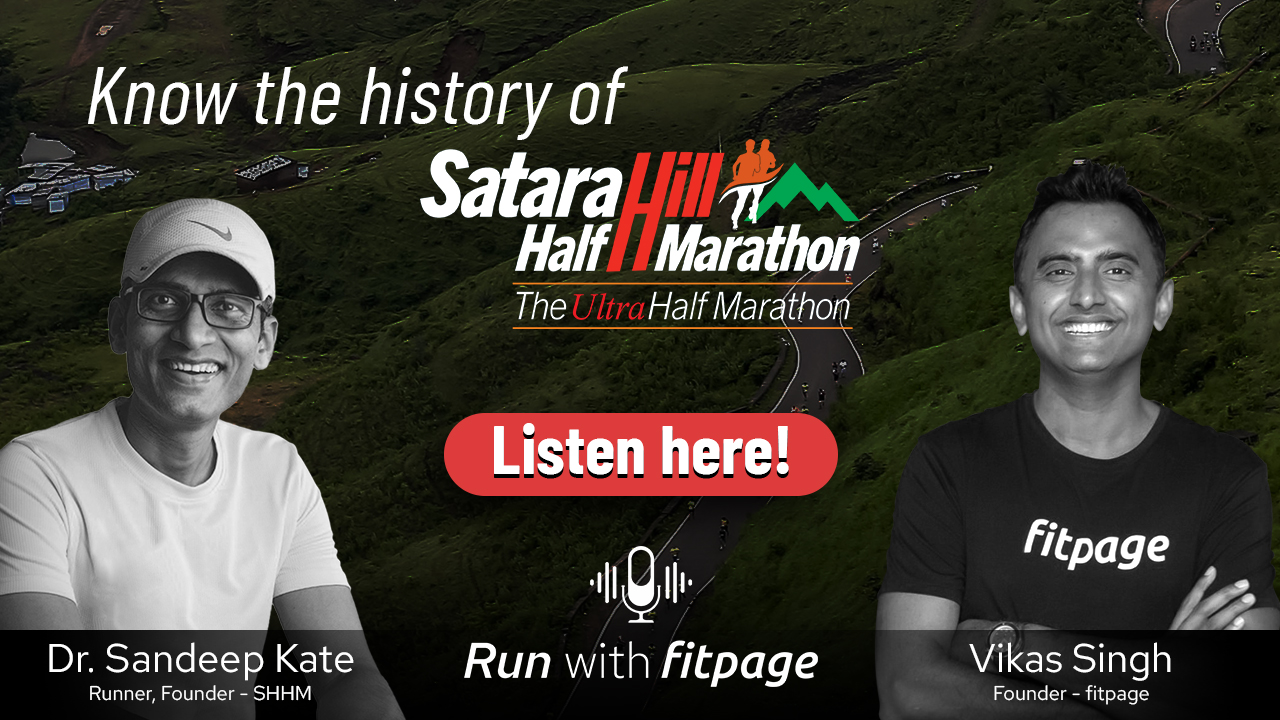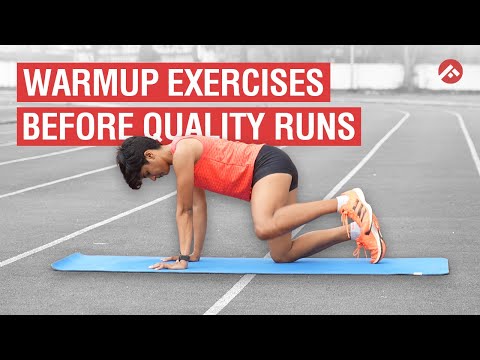
Can Yoga Make You a Better Runner?
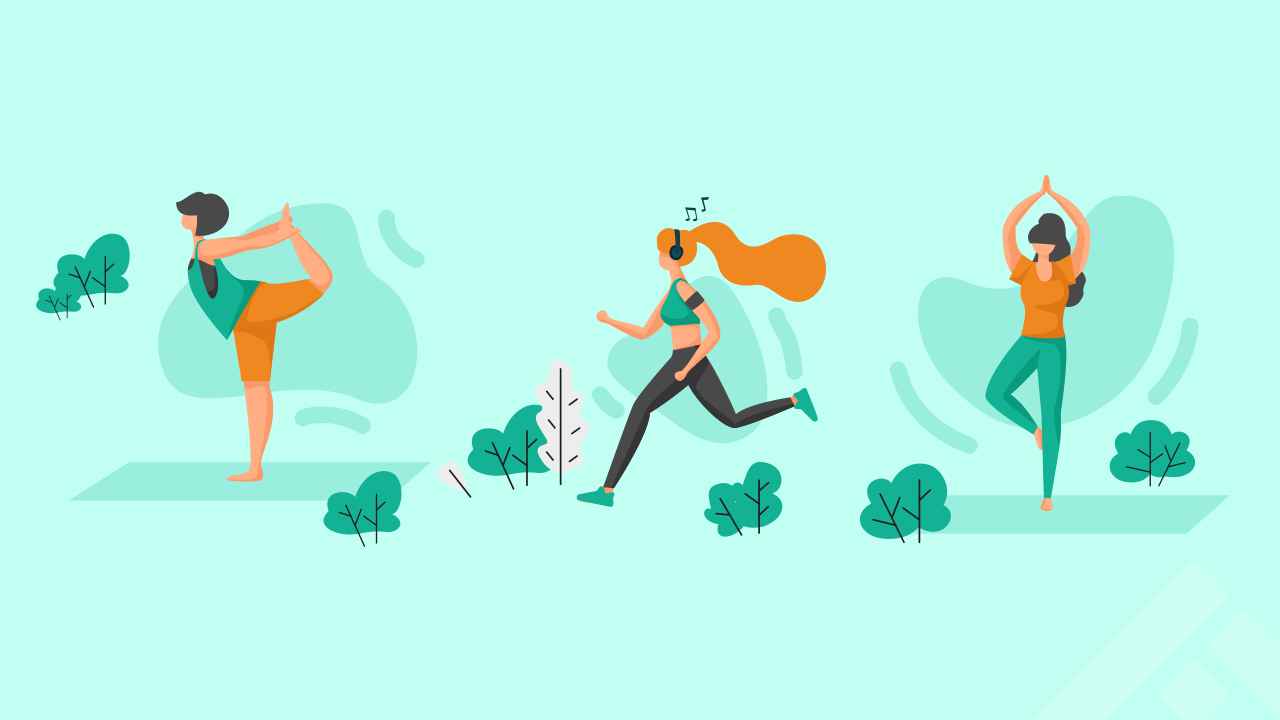
Yoga is an ancient Indian science that focuses on bringing balance to the mind and body. It is therapeutic for health and fitness. Yoga prepares the body for attaining and sustaining higher levels of energy. It focuses on breath, body, and mind. The aspect of yoga that deals with the body has devised postures and movements known as Asanas, which bring about strength, flexibility, balance, and coordination.
As a distance runner, you should focus on training that supplements running. You may be curious to know the benefits of yoga for runners. Running with repetitive loads builds muscles, tendons, and joints in the legs. However, your other muscles in the glutes and hips also need to be exercised and are important for injury prevention. Besides, you may have an imbalance in strength on the left versus right side of the body.
Lastly, as a runner, you need flexibility because muscles, such as the quads and hamstrings can get tight and prevent you from accomplishing the most efficient gait when running
Cross-training is any form of exercise that supplements running. It can be low-intensity or high-intensity and covers a broad spectrum of aerobic, strength, flexibility, agility, and balance training. It helps improve posture and enhances recovery. Popular forms of cross-training exercises include swimming, cycling, walking, and yoga. Muscular imbalance and inadequate recovery are the two main reasons why runners get injured. Cross-training with yoga on alternate days or on the same days when you run helps you even out these imbalances and recover from workouts.
Also Read: Why Is Cross Training Important for Distance Runners?
Advantages of including yoga in your exercise routine
The benefits of combining yoga and running are increased flexibility and range of motion, joint mobility, whole-body strength, enhanced breathing, and mind-body awareness. Here are a few key plus points of yoga.
1. It can strengthen neglected muscles or muscle groups
The most utilized muscles in running include the calves, quads, and hamstrings. This can lead to other muscles getting weak and creating imbalances, resulting in injury. Practicing yoga regularly can strengthen the entire body. This exercise builds the legs, shoulders, arms, back, and core.
2. It improves your range of motion
Running is a unidirectional activity, wherein you move the body in just the sagittal plane. So, as a runner, if you were challenged to weave in a multi-directional manner, such as when side-stepping other runners or puddles of water or moving on a trail, you would find it difficult, as you have not used these muscles for such movements. Yoga movements are in all three planes, and the resultant range of motion can benefit you in improving your gait and posture.
3. It aids in improving lung function
The practice of pranayama (breathing techniques) helps activate intercostal and diaphragmatic breathing. The focus on breath also brings a mind-body connection. This will enhance your ability to use oxygen effectively in your respiratory and circulatory systems.
4. It can help you gear up for race-related challenges
As yoga is a mindfulness-related exercise, it brings about mental awareness and concentration through its focus on the breath and breathing patterns when performing various postures. This kind of presence at the moment becomes useful when you experience deep fatigue in a race, have to coast over a difficult incline, and manage pain and exhaustion in the latter part of a race.
Adding yoga to your routine
You may keep running as your priority. However, it will be a wise idea to include yoga after running as a recovery exercise. Or, you can do it as a separate workout the next day after your run, as yoga will provide relief to your muscles. Here, we have suggested a routine for runners with an explanation of which muscles yoga will target. The yoga poses for runners begin with standing and progress to kneeling, sitting, and lying down. These include:
1. Uttanasana (Standing forward bend)
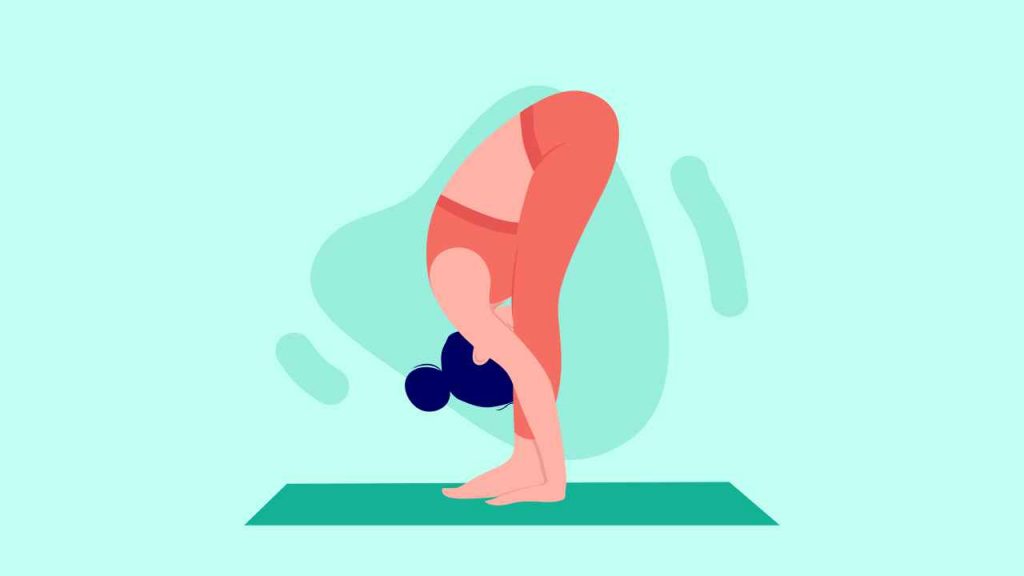
Stand tall and erect with your feet close. Raise your arms straight above your head and stretch the body toward the ceiling. Inhale. Now, slowly exhale and bend forward from the waist. Keep a soft bend in the knee if your hamstrings are tight. Bring your hands down and place your palms on your knees or shins, and rest your fingertips on the floor. Hold the pose for 10 to 20 seconds. Release and repeat once again.
Muscles stretched: Hamstrings and calves
2. Virabhadrasana (Warrior pose)

Stand with your feet wide apart. Ideally, they should be at a distance of 4feet. Keep your torso erect. Inhale and raise your arms above. Turn your torso and right leg to the right such that your right foot is at a right angle to your left foot. Exhale and bend your right leg at the knee such that the calf and thigh form a right angle. Keep your hands above your head and lengthen upward. Hold the pose for one to 20 seconds. Release and repeat once again.
Muscles stretched: Glutes, quads, hip flexors, and abdominals
3. Adhomukha Svanasana (Down dog pose)
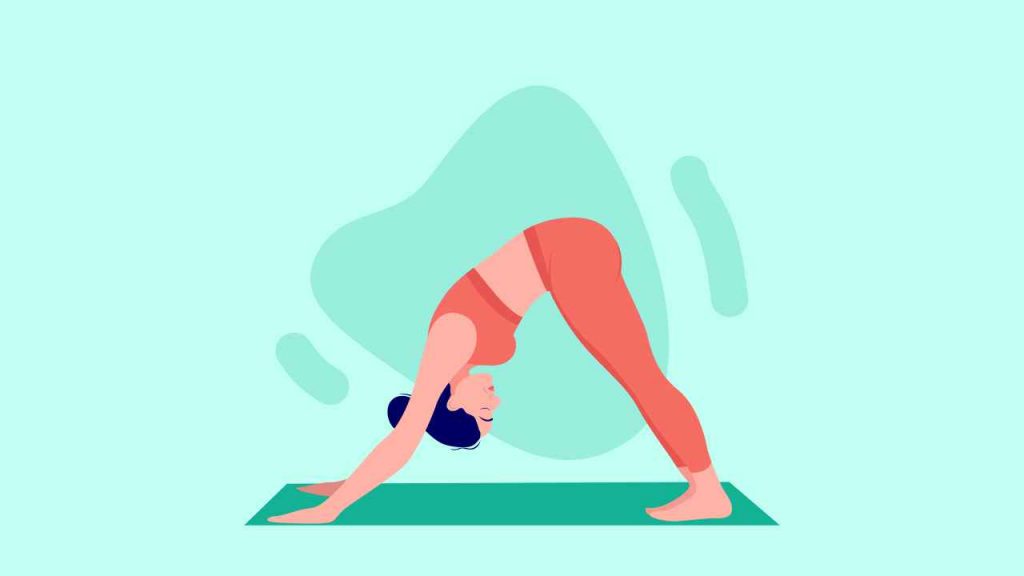
Bend forward like Uttanasana with your hands on either side of your feet. Bend at the knees and step back one leg at a time. Keep a distance of about 4feet between your hands and legs. The width between your palms and your feet should be the same. Move your torso closer to the legs and let your head hang loosely towards the floor. Make sure you place your heels touching the floor. Hold the pose for one to 20 seconds. Release and repeat once again.
Muscles stretched: Glutes, hamstrings, calves, and back
4. Setu Bandhasana (Bridge pose)

Begin by lying down on your back with your knees bent and heels close to your glutes. Your fingertips should touch the heels. Push your hands firmly into the floor, engage your glutes, and lift your hips in such a way that a straight line passes through your shoulders, hips, and knees. Ensure that your neck is relaxed and chin gently tucked to the chest. Hold the pose for one to 20 seconds. Release and repeat once again.
Muscles stretched: Quads, hip flexors, abdominals, and chest
5. Supta Matsyendrasana (Reclining spinal twist pose)

Lie on your back with your arms stretched horizontally to the sides like a crucifix. Keep the left leg stretched straight and hug your right knee into your chest. Inhale. Now, slowly exhale and cross your right knee over your midline and onto the floor on the body’s left side. Turn your head to the right. Make sure that your shoulder blades are touching the ground. Hold the pose for one to 20 seconds. Release and change sides. Repeat once again.
Muscles stretched: Quads, groin, arms, neck, abdominals, and back
6. Eka Pada Rajakapotasana (Half pigeon pose)
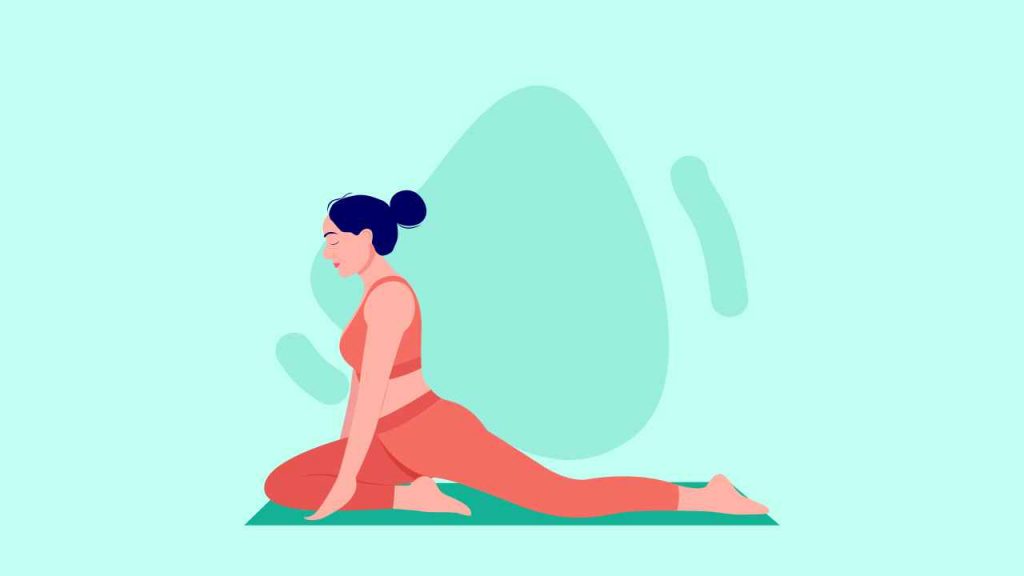
From the Down Dog pose, bring your right knee and place it behind your right wrist on the floor. The right heel will be close to your groin. Release your left knee to the mat and let your left leg stay flat on the floor. Look behind to ensure that it is pointing straight. Keep your torso upright with your hands on the floor, or bring your elbows to the floor. Hold the pose for one to 20 seconds. Release and change sides. Repeat once again.
Muscles stretched: Quads, hip flexors, hips, and groin
Also Read: Why Is Active Recovery Important for Runners?
If you are new to yoga, you may feel awkward doing it in the beginning. It is advisable to avoid practicing it excessively in a short period. Begin with adding a yoga session once a week on a recovery day and then progress to twice a week. You may consider joining a yoga class, which can be in-person or virtual. But all said and done, yoga can do wonders when it comes to strengthening your muscles and preventing injury — a boon for any runner.



